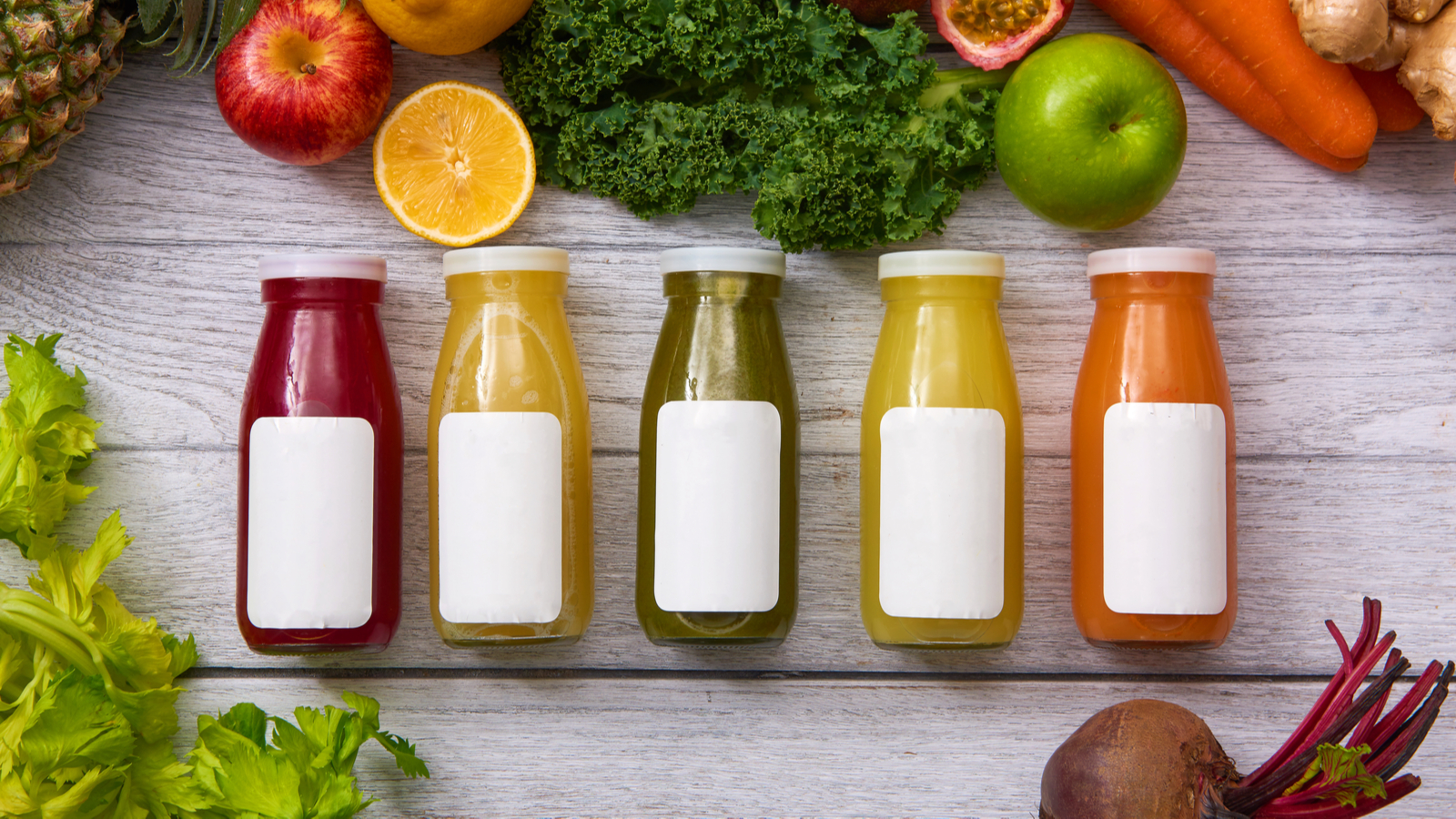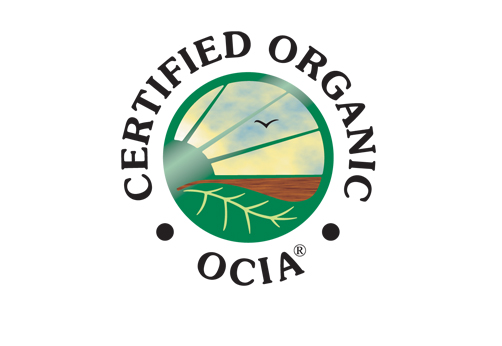

OCIA - Speciality Crop Certification Standards (Honey)

OCIA certification arises from the following basic principles: Organic certification is a system of institutionalized trust, allowing consumers to identify and reward conscientious stewards of our natural heritage. Organic certification is a privilege to be earned rather than a right to be withdrawn. No one knows the farm system better than a farmer. Organic production focuses on natural processes and their management: materials and products are an adjunct to, not a replacement for, effective management. Diversity, interaction, adaptability and competition are characteristic, natural elements to be respected in the organic system. The organic farming system should be structured and managed to ensure that soil loss through erosion and other degradation does not exceed natural replacement rates. Organic operations must take measures to maintain and/or improve landscape and enhance biodiversity.The producers, handlers, and consumers depend on processors of organic products to preserve or enhance the original nutritive value for the type of product, while continuing producer efforts to minimize contamination of the product and the environment. The audit trail is an integral part of organic certification. The use of products made from organisms that have been modified by genetic engineering techniques (as defined in the Materials List) is prohibited and is in direct violation of the philosophy and organic intent of OCIA. Nanotechology applied as an extension to the process of genetic modification referred to in 1.2.10 is prohibited within the organic system.The use of manufactured nanoparticles or nanostructures is prohibited. *Notwithstanding the above, the use of naturally occurring nanoparticles, as in traditional biodynamic practice, is allowed. The use of artificial nanoscale processes is prohibited within the organic system.
Applied Standards
Bee colonies may be converted to organic production; if new bees are introduced into the colony, they must be from organic apiaries, when commercially available. Full application of the OCIA International Certification Standards must be in place for one year prior to the harvest/collection of bee products. An inspection must occur at least 12 months prior to the first harvest/collection of organic bee products (by an OCIA approved inspector) which verifies that the certification applicant is in full compliance with the certification standards. Wax shall be replaced by organically produced wax during the conversion period; this is not necessary in instances where no prohibited substances have been previously applied to the hives.The conversion period may be extended by the Certification Decision Team in instances where the 12 month conversion period is not sufficient to replace conventional wax. Feed includes the following: Honey from a known certified origin is permitted. Bee pollen from a known certified source is permitted. Organic sugar or organic sugar syrup if starvation is imminent is permitted. Exemptions with specified time limits may be made if organic sugar is not available. Use honey as the major feed source. To feed sugar or sugar syrup during any honey flow is prohibited.To extract honey from brood chambers where sugar syrup has been used is prohibited. Feeding shall only take place after the last harvest before the season when no foraging feed is available. Keep strongest hives and destroy weak hives. Select good locations. Check hives regularly (i.e., once every 2-3 weeks). Keep obviously diseased hives in hospital yards.For pest and disease control and for hive disinfection the following products may be allowed: Caustic soda, Lactic, oxalic, acetic acid, Formic acid, Sulfur, Plant derived essential oils, Bacillus Thuringiensis, Menthol to control tracheal mite parasite. Use of antibiotics in honey production is prohibited except when the health of the colony is threatened. After such treatment the hive must be removed immediately and taken out of organic production. The pull immediately following the use of antibiotics may not be OCIA-certified. Sulfa products and other chemical products are prohibited. Veterinary medicine shall not be used in bee keeping.
Apiaries must be located on OCIA-Certified land or on areas of spontaneous vegetation which have been verified to be free of OCIA prohibited materials for 36 months. Beekeeper must provide clean water (Authorized Methods and Materials: Dairy and Eggs, Section 10: Water Quality) and sufficient OCIA forage to feed the bees throughout the season. Apiaries may not be located within 2 miles of garbage dumps or sanitary landfills. It is prohibited to locate apiaries within 2 miles/3 km of flowering agricultural crops which have been sprayed with non-OCIA-accepted pesticides or are treated with or contain materials listed as prohibited (including genetically modified crops) on the OCIA Materials List if the bees could be using these crops for forage. Apiaries may not be located within 2 miles of golf courses. Apiaries may not be located within 2 miles/3 km of major town sites or cities. Apiaries may not be located within 2 miles of major traffic polluting areas. Use pure beeswax in hives--preferably your own. Wax of dubious origin is prohibited. Bee blower or smoker to remove bees from hives may be used if needed. Smoke shall be used in a minimal manner. All smoking materials must be natural or approved for use as per the OCIA Materials List. Heat to not more than 47°C/116°F and keep this process as short as possible. Mechanical uncapping of combs preferred to uncapping with heat. Allow debris in honey to settle out by gravity. Mesh filter holes must be 1/132 inch, or .2mm, or 200 Microns or larger. All surfaces honey contacts should be stainless steel or coated with beeswax. Painted surfaces must be painted with a food and beverage approved paint and coated with beeswax. Honey may not contact galvanized metal or metal with surfaces that oxidize. Honey extraction facility should be bee tight to prevent robbing and the spread of disease. Extracting facility should be very clean and inspected annually by appropriate food inspectors. Extracting facility should be well lit with facilities to wash down daily with copious amounts of fresh, clean, hot water. Accumulated numbers of bees in extracting area should be allowed to gather and then washed down with water and disposed of or put in a nearby hive. Honey barrels must be of a known origin, washed, and stored inside. If not new, they should have previously been used in food service. Preferably they should be coated with beeswax. Oxidized barrels are prohibited. Chemical bee repellents are prohibited. Floors and walls must be sealed from insects and rodents. Presence of insect pests such as flies in extracting facility will not be permitted. Use of chemical agents such as calcium cyanide as a fumigant is prohibited. The destruction of bees in the combs as a method of harvesting of bee products is prohibited. "Honey may be stored a maximum of 2 years before sale as organic. Naphthalene (moth balls/crystals) is prohibited for the control of wax moths in stored honey and
honey product materials. Cross breeding of bee families is encouraged. To prevent spreading of disease, rear your own queens. Making of artificial swarms is permitted. Purchase of packaged bees is permitted. Artificial insemination is not allowed. Killing of colonies of bees in the fall is prohibited. Wing clipping is not allowed.Each beehive shall primarily consist of natural materials. Treated lumber is prohibited. Other toxic and persistent materials (as per the materials list) cannot be used."
